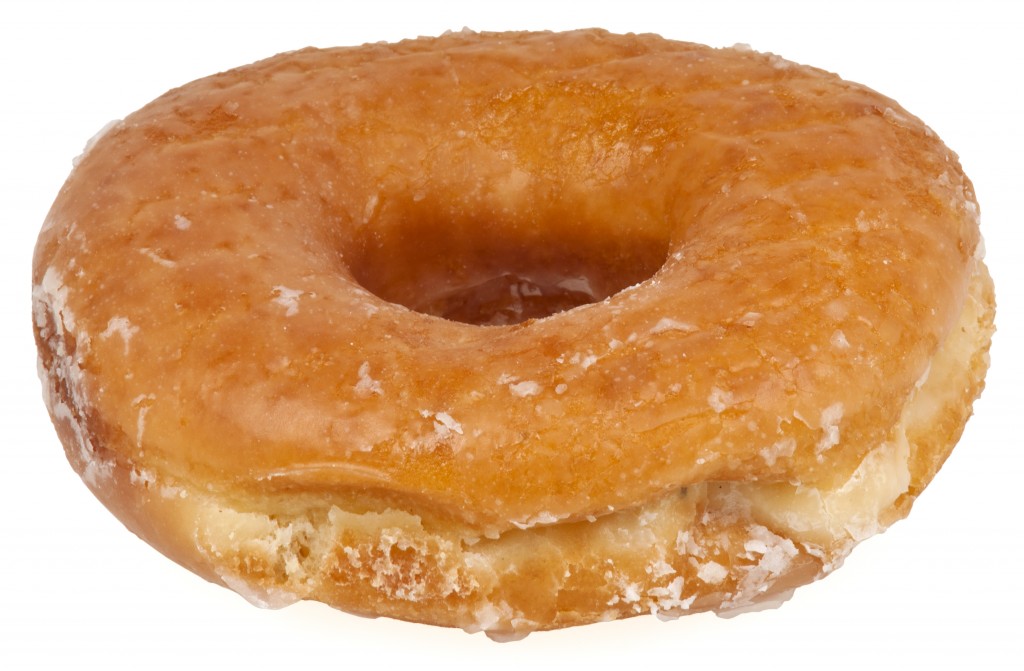Shrinkage of the hippocampus, important for memory, can be caused by high to normal blood sugar levels. Fortunately, the body has a back-up plan for the alternative problem of low blood sugar. Indeed, this back up plan involves ketones that provide a variety of benefits for brain function. Thus a low glycemic diet helps two ways by preventing the harm of blood sugar and providing the benefits of ketones.
A low glycemic diet means a higher proportion of fats to carbohydrates. Nuts, fish, avocados, olives and eggs are among the most nutritious sources of fats. Coconut oil and extra virgin olive oil are also good sources. One still needs to eat carbohydrates for good nutrition; that’s where the low glycemic load index comes in. Generally speaking, citrus fruits are lowest, dried fruit are highest. Most vegetables are low, with the notable exception of potatoes. Processed foods, in keeping with their generally bad impact on health, tend to have a high glycemic load.
Oh, and so do donuts.
Here’s a simple list of glycemic loads.
Here’s a comprehensive list of glycemic loads.
If you find this checklist helpful, please consider a donation to the Exercise for Brain Health Research Fund.

